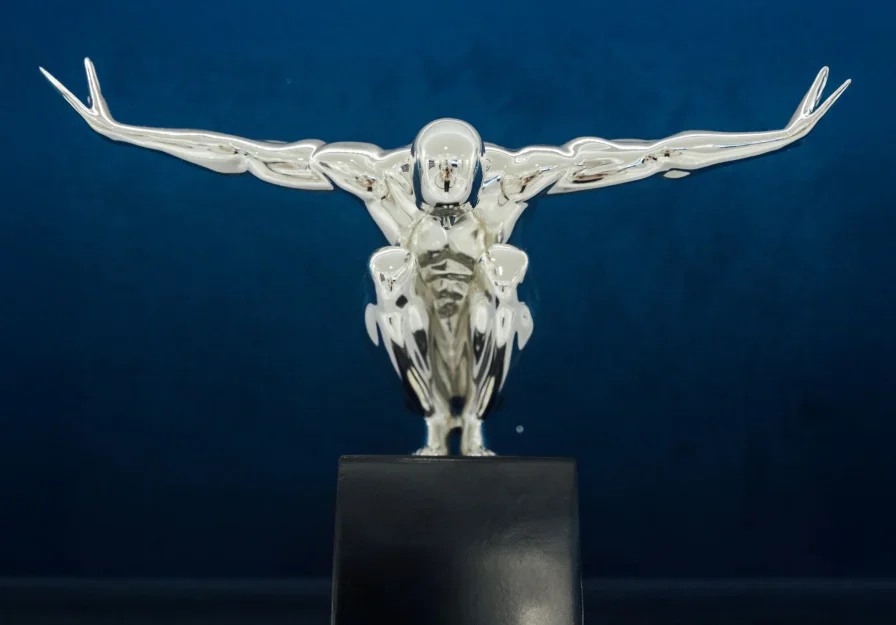The fat transfer procedure consists of two steps, each carrying specific risks.
Fortunately, they are quite low when a highly qualified surgeon performs the procedure. It is important to understand that fat transfer to the breasts is not as straightforward as breast augmentation using implants.
Your surgeon must have a discerning eye and familiarity with the proper depth and application of fat cells to the breasts. Your surgeon’s direct experience with fat transfer procedures is paramount to your surgical outcome.
That said, the risks associated with liposuction and fat transfer generally include infection, anesthesia risks, scarring, bleeding, the formation of blood clots, and nerve damage. The discussion of surgical risks is important and should help alleviate your fears, not exacerbate them.
During your consultation, please do not hesitate to ask questions regarding the prevention of unnecessary risks.






